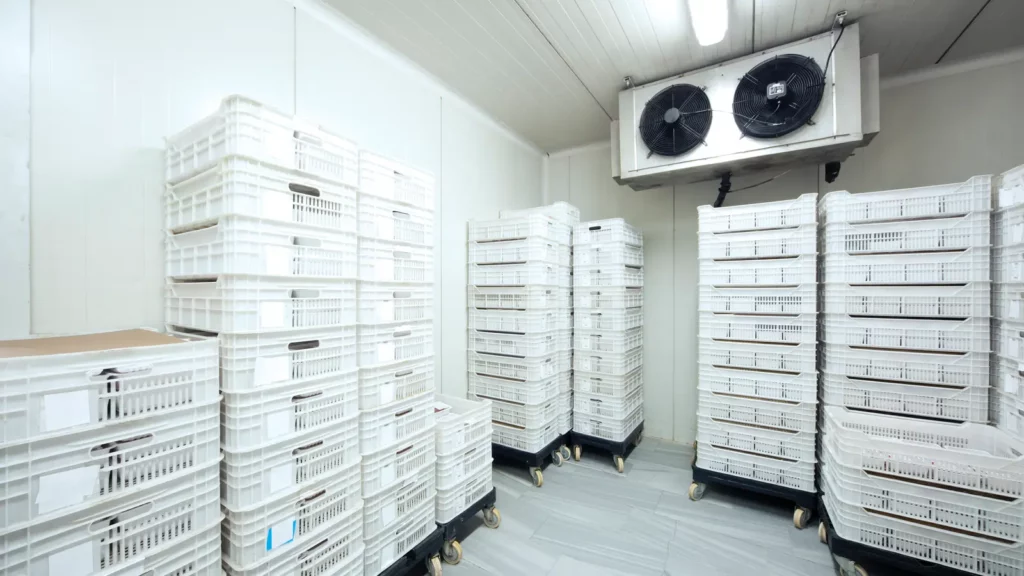Predictive control is a powerful alternative to traditional control. This is especially true when handling complex systems where we don’t know everything about the environment. Predictive control can make use of multivariable input. This means that we can use the readings from multiple sensors to make models that predicts our other sensor values. Then we can combine the knowledge of those models to make a prediction of the full environment state in a control loop.
Predictive control can in many systems be self-configuring, which will save time and cost.

Edge Opportunities
Predictive control is used when there is a need for step by step optimization. It is common in systems with built in inertia, for example heating and cooling systems. The systems achieves this optimization by finding optimal control settings. Those settings can be found using predictive models in combination with an action optimizer. You need to give an objective for the optimizer. This could be to reach a desired temperature, to avoid sudden temperature changes or to increase energy efficiency.
We recommend using predictive models in combination with incremental learning. Incremental learning lets you learn in real-time using streamed data. The models can learn each part in the system individually. For example, learning the temperature dynamics of each room in a building and thereby finding each part’s individual settings for best performance. When each part of the system is optimized, the system as a whole will improve. It will typically consume less energy and reduce the number of machinery units needed.
Predictive control supports self-configuration. This means that the system uses the output of the models to change the settings of the devices. Self-configuration reduces the number of manual steps when installing and maintaining systems. This will save you time and money.
Predictive Control
Problem
Proper tuning of a machine with complex dependencies requires a complex model. It may be unfeasible to test all possible settings and conditions before deployment. Besides, dependencies may change over time.
Solution
Continuously train a machine learning model to predict target values based on operational parameters and ambient factors. Search for the best setting using the model to evaluate scenarios and tune the machine accordingly.
Application
Let the ML based tuner operate the machinery within current safety systems to optimize performance.
Read more about our Use Case Archetypes.